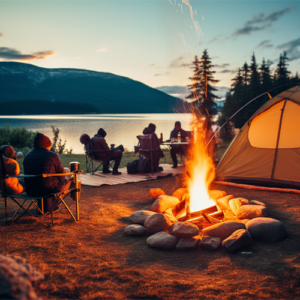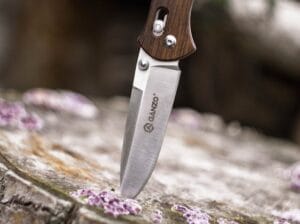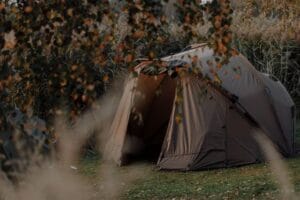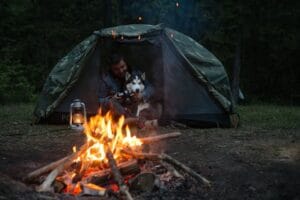Bushcraft Clothes: Dressing for the Wild
When I head into the wilderness, choosing the right clothes becomes a crucial part of my preparation.
Bushcraft clothing isn’t just about looking good (although it does look cool!); it’s about functionality, protection, and comfort. Each piece I wear plays a role in enhancing my experience, helping me stay focused on the adventure rather than on discomfort or exposure to the elements.
Understanding Bushcraft Clothing
Bushcraft clothing is specifically designed for outdoor survival and activities. It emphasizes durability, adaptability, and practicality.
I prioritize materials that can withstand the rigors of the wild while offering breathability and warmth.
Natural fabrics, like wool and cotton, often become my go-tos because they provide comfort and help regulate body temperature. This understanding shapes my entire approach to dressing for outdoor adventures.
One key aspect of bushcraft clothing is its ability to perform well in various conditions. I’ve learned the hard way that wearing the wrong clothes can lead to discomfort or even hypothermia in cold, wet conditions.
Therefore, I take the time to consider the specific environment I’ll be in and choose my clothing accordingly. Whether it’s a chilly forest, a sun-soaked desert, or a rainy coastal area, the right clothing can significantly enhance my outdoor experience.
Layers for Versatility
Layering is a fundamental principle in bushcraft clothing. I always start with a moisture-wicking base layer to keep sweat away from my skin. This helps prevent chills, especially in colder weather.
My favorite base layers are made from natural materials like merino wool, which dry quickly and keep me warm even when damp. These base layers fit snugly but allow for easy movement, making them perfect for hiking or other physical activities.
Over the base layer, I add an insulating layer, typically a fleece or wool sweater. This layer traps heat and provides warmth without adding bulk.
I love how versatile fleece is; it can be worn as a mid-layer during colder days or on its own during milder temperatures. Wool, on the other hand, excels in retaining heat even when wet, which is invaluable in unpredictable weather.
Finally, I finish with a durable, weather-resistant outer layer. A high-quality waterproof jacket not only protects me from rain and wind but also allows moisture to escape, preventing overheating.
This combination of layers allows me to adjust my clothing based on the temperature and my activity level, keeping me comfortable no matter the conditions I face.
Choosing the Right Fabrics
The fabric I choose matters significantly for my comfort and protection. For the base layer, I prefer materials like merino wool.
The moisture-wicking properties of these fabrics help keep me dry and comfortable. They also provide warmth without the weight of traditional wool.
For insulation, I often opt for wool, which offers excellent thermal properties. Wool fibers trap air, creating insulation that keeps me warm. Unlike synthetic options, wool maintains its insulating properties even when damp, making it a reliable choice for unpredictable weather conditions.
The outer layer is usually a blend of nylon and polyester. This combination offers both breathability and waterproofing. A good jacket will shield me from rain and wind while allowing sweat to escape.
When I wear clothes made from these fabrics, I feel prepared for whatever nature has in store.
Footwear That Works
Footwear is another vital component of bushcraft clothing. I need boots that offer support, durability, and traction. My go-to is a pair of waterproof hiking boots with a sturdy sole.
They protect my feet from rough terrain and keep them dry during unexpected rain or stream crossings.
I prioritize boots that fit well and provide adequate ankle support, as this helps prevent injuries during long hikes.
Good-quality socks are equally important. I often choose socks made from Merino wool. They wick moisture away, help regulate temperature, and prevent blisters. Having dry, comfortable feet can make all the difference, especially during long days spent exploring the wilderness.
I’ve learned that a comfortable pair of boots can enhance my outdoor experience tremendously. They allow me to cover more ground, explore new areas, and enjoy the journey without worrying about discomfort.
Accessories for Protection
Accessories complete my bushcraft outfit and are crucial for protection against the elements. A wide-brimmed hat provides shade from the sun and protection for my face and neck.
On colder days, I wear a beanie to keep my head warm. Gloves are essential too; they shield my hands from cold, rough materials, and they allow me to work with tools comfortably.
I also carry a buff or neck gaiter, which serves multiple purposes. It can keep my neck warm, protect against sunburn, or even act as a makeshift face mask in dusty conditions.
Accessories like these add layers of comfort and safety, allowing me to focus on my surroundings instead of worrying about exposure.
Proper eyewear is another consideration. A good pair of polarized sunglasses protects my eyes from harmful UV rays and reduces glare when I’m out on the water or in bright sunlight.
This helps me maintain visibility and prevents fatigue, allowing me to stay alert and aware of my environment.
The Importance of Durability
In bushcraft, durability is key. I look for clothes that can withstand rough use. Reinforced stitching, double-layered knees, and strong zippers are features I prioritize. Investing in high-quality gear pays off in the long run.
I can push through thick brush or navigate rocky trails without worrying about my clothing giving out.
Durable clothing not only enhances my comfort but also contributes to my safety. It protects me from thorny plants, sharp rocks, and unpredictable weather. When I trust my gear, I can fully immerse myself in the experience without distraction.
Weather Considerations
Weather can change quickly in the wild, so I always prepare for the unexpected. My clothing choices reflect that adaptability. If rain is in the forecast, I pack a lightweight, packable rain jacket that fits easily into my backpack.
On colder days, I layer up to trap heat effectively. In hot conditions, I opt for lightweight, breathable fabrics that allow for airflow.
Understanding how to dress for varying weather conditions helps me stay comfortable and safe during my adventures.
Leaving No Trace
I’m also conscious of the materials I choose. Whenever possible, I select clothes made from sustainable fabrics. This aligns with my commitment to leaving no trace in nature. Choosing clothing that minimizes environmental impact allows me to enjoy the outdoors while respecting the land.
By selecting durable, sustainable materials, I contribute to a healthier planet. This awareness enhances my experience in nature, reminding me that my choices matter.
Conclusion: Dressing for the Journey
Good bushcraft clothing enhances my outdoor experiences, offering comfort, protection, and practicality. By focusing on layers, fabric choices, and durable gear, I prepare myself for whatever nature throws my way.
When I dress thoughtfully for the wild, I can fully embrace the journey ahead. The right clothing not only keeps me comfortable but also empowers me to connect with nature.
As I traverse through forests, navigate rocky paths, or set up camp under the stars, I feel confident, knowing that I am dressed for whatever lies ahead.
You might as well be interested in
-

A new sample Post by me
Lorem ipsum dolor sit amet, consectetur adipiscing elit. Pellentesque imperdiet tincidunt augue, sit amet pharetra massa condimentum varius. Ut condimentum turpis blandit augue ultricies porta.…
-
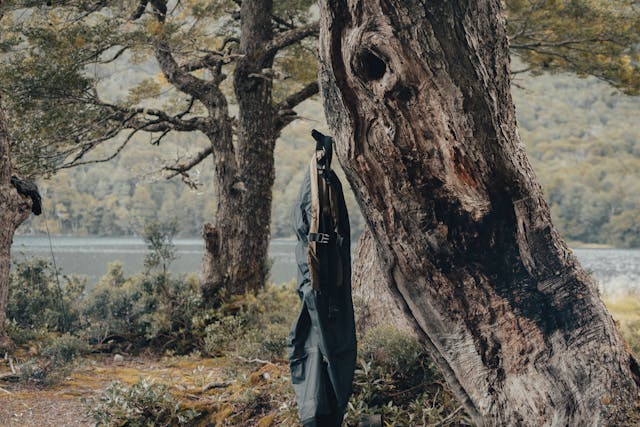
Best Bushcraft Pants: Tough, Comfortable, and Built for the Outdoors
What to Look for in Bushcraft Pants Finding the right bushcraft pants isn’t about following the latest trends. When you’re out in the woods, durability,…
-
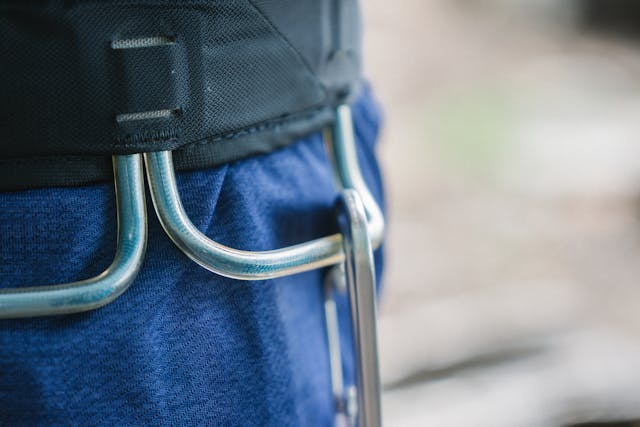
Bushcraft Belt: Choosing the Right One for the Outdoors
Why a Good Bushcraft Belt Matters A solid bushcraft belt is more than just a way to keep your pants up. When you’re out in…
-

Bushcraft Coats: Staying Warm and Dry in the Woods
Why the Right Bushcraft Coat Matters A good bushcraft coat isn’t just about staying warm—it’s about staying functional in the field. When I’m out in…
-

Wool Bushcraft Blankets That Deliver Warmth and Toughness in the Wild
Why I Pack a Wool Bushcraft Blanket A wool bushcraft blanket is one of the most useful pieces of gear I carry in the woods.…
-
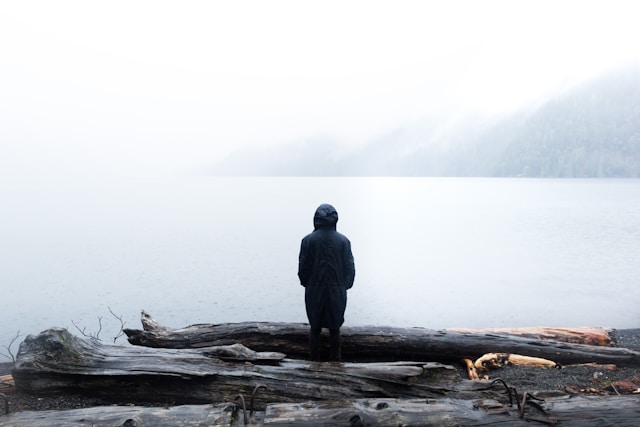
Wool Anoraks for Bushcraft: How to Stay Cozy in the Wild
Why a Wool Anorak Works for Bushcraft Regarding bushcraft, a wool anorak provides warmth, comfort, and durability that other materials often struggle to match. The…
-
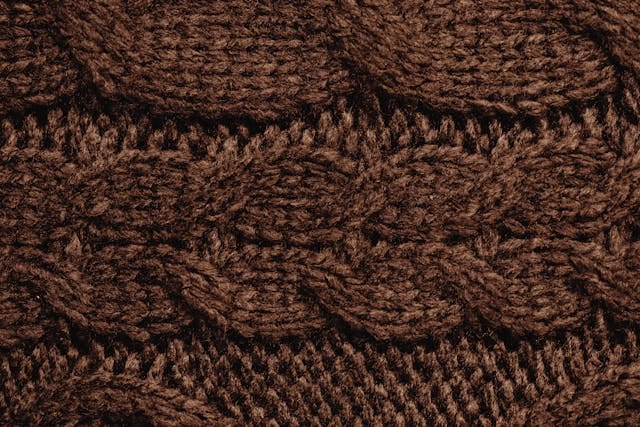
Bushcraft Wool Hoodies That Deliver: Warmth, Comfort, and Durability in the Woods
Why a Bushcraft Wool Hoodie Makes Sense A bushcraft wool hoodie isn’t just another layer—it’s one that works well in the woods where conditions change…
-
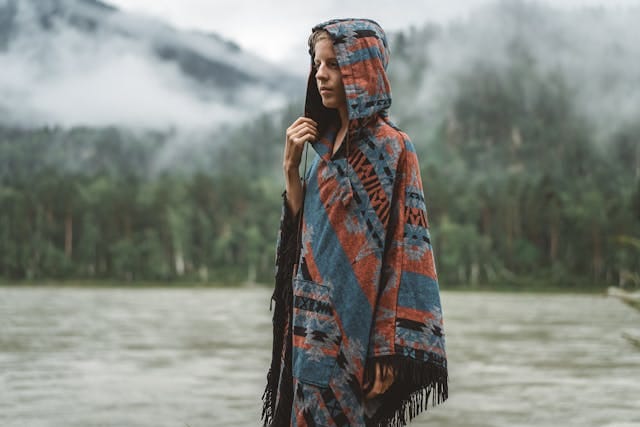
Bushcraft Ponchos That Work: Stay Dry and Ready for Anything
Why a Bushcraft Poncho Is Worth Packing A bushcraft poncho does more than just keep you dry during unexpected rain. It’s a versatile piece of…
-

Bushcraft Jackets That Get the Job Done: Stay Warm, Dry, and Comfortable
Why the Right Bushcraft Jacket Makes a Difference A solid bushcraft jacket isn’t just about keeping warm. It’s about having the right protection and comfort…
-
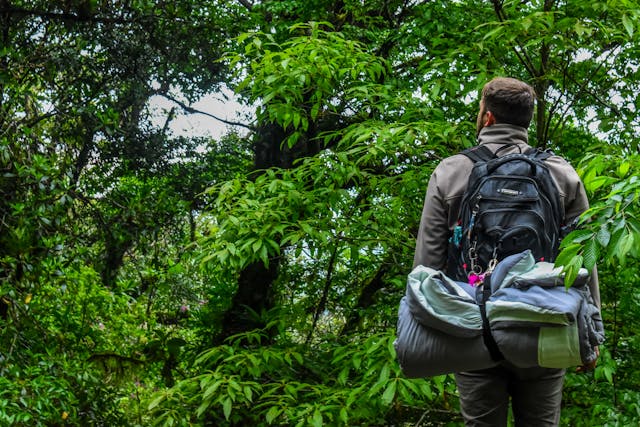
Bushcraft Clothes – How To and Why
Bushcraft Clothes: Dressing for the Wild When I head into the wilderness, choosing the right clothes becomes a crucial part of my preparation. Bushcraft clothing…

